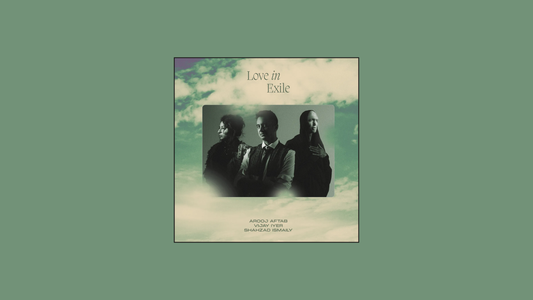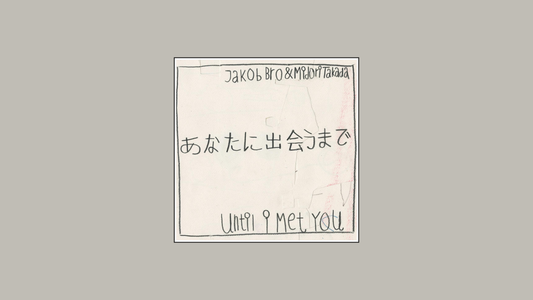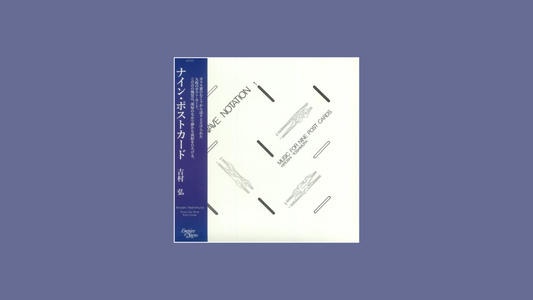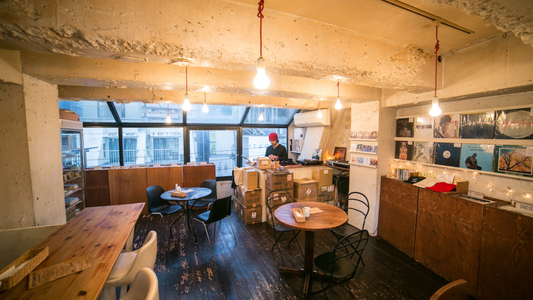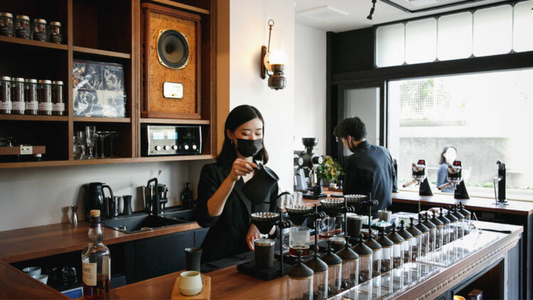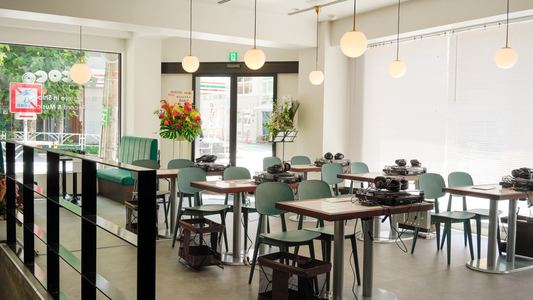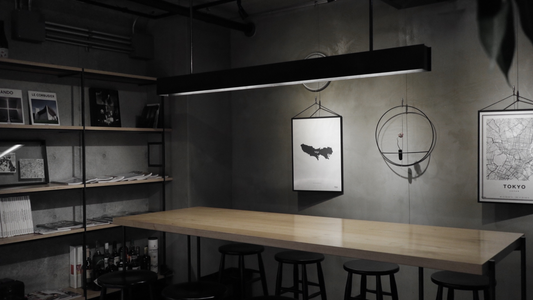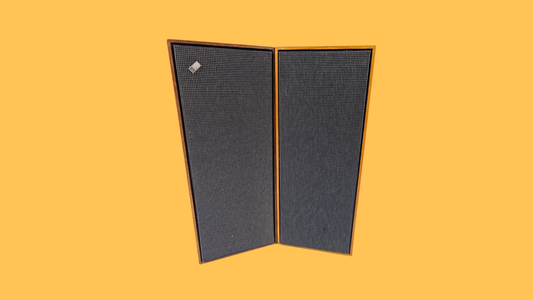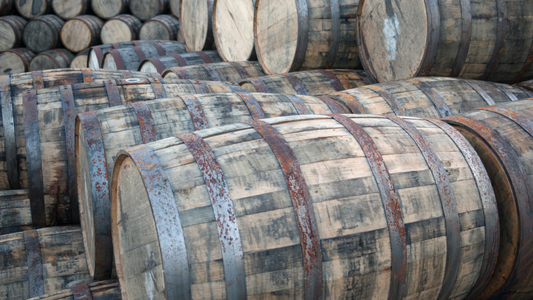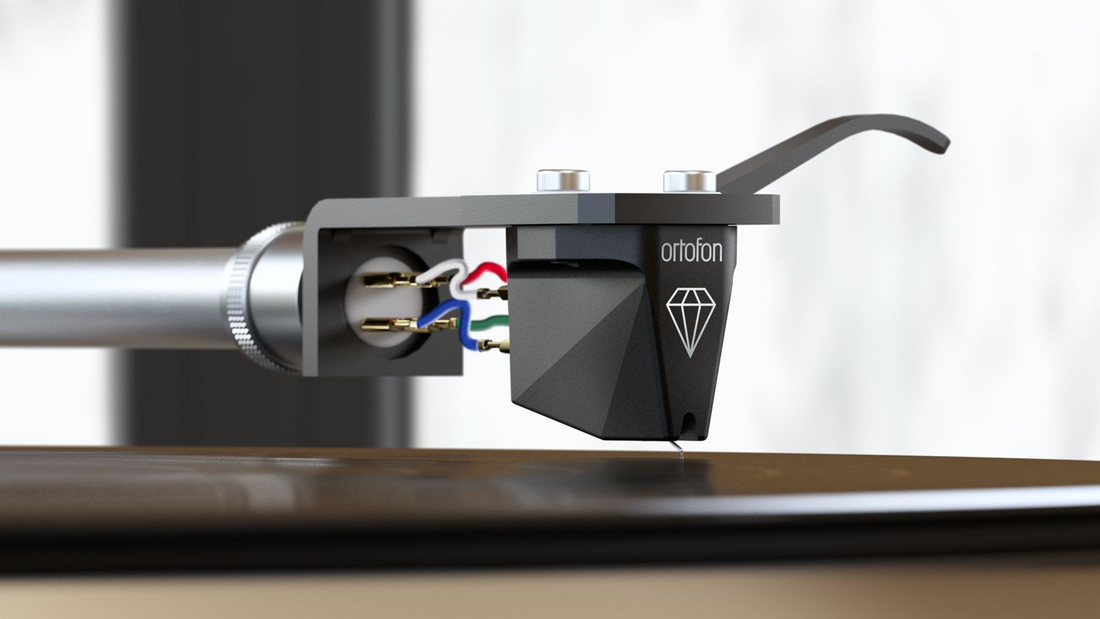
Ortofon — Danish Steel and the Lineage of the Groove
By Rafi Mercer
Every groove has a lineage, and some companies trace that line more clearly than others. Ortofon, from Denmark, has been riding vinyl since before most of us were born. Founded in 1918, it is the oldest cartridge maker still in existence, a company that has weathered a century of format wars and cultural shifts by remaining fixed on one task: turning groove into sound. In listening bars, where fidelity and mood intertwine, Ortofon is both heritage and utility, a name that threads jazz kissa and nightclubs into the same story.
Ortofon’s breakthrough came with the moving coil cartridge in 1948 — a design that still defines much of the high end today. The SPU, short for “stereo pick-up,” became a benchmark: heavy, rich, and saturated with tone. Mounted on broadcast arms in Europe and Japan, it offered a kind of fullness that suited the new stereo LPs of the era. In the dim, wood-panelled kissaten of postwar Tokyo, the SPU’s voice was a revelation — horns that sounded burnished, piano chords with depth, bass notes that seemed to rise from the floorboards.
But Ortofon’s story doesn’t stop in the archives. It runs straight into the heat of the nightclub. The Concorde series, introduced in the late 1970s, was a different proposition: sleek, plug-in styli built for DJs, strong enough to survive back-cueing and slipmats, precise enough to keep pitch stable across hours of play. For many, the sight of a Concorde riding a Technics platter is as iconic as a pint on the bar — a symbol of vinyl as shared, public ritual.
That duality is what makes Ortofon so present in listening bars. On one hand, the SPU remains a connoisseur’s choice, often found in bars that foreground classic jazz and audiophile repertoire. On the other, Concordes and OM-series cartridges are the everyday workhorses, spinning house, soul, reggae, and disco with the same certainty. From Copenhagen to Kyoto, Ortofon bridges fidelity and nightlife.
There is also a kind of Danish sensibility in their approach. These are tools built with quiet clarity — no flamboyance, no cultish mystique. A Concorde on a headshell is a declaration of practicality: the record will play, it will sound good, and it will survive the night. An SPU in its metal shell, by contrast, feels almost ceremonial: a nod to tradition, a reminder that the groove carries weight.
I remember an evening in a Paris bar where an SPU Gold rode a battered pressing of Nina Simone’s I Put a Spell on You. The sound had body, presence, gravitas. Later, in the same week, a Concorde Pro S was driving deep house in a Berlin basement, unflinching through a six-hour set. Two different worlds, the same logo, the same lineage.
For listening culture, Ortofon represents continuity. It reminds us that the groove is both archive and energy, that what began as an experiment in Denmark a century ago still shapes how we experience music today. Whether whispering Billie Holiday into a whisky-soaked room or holding a four-on-the-floor steady until dawn, Ortofon remains the needle in the groove of our lives.
Rafi Mercer writes about the spaces where music matters. For more stories from Tracks & Tales, subscribe, or click here to read more.
